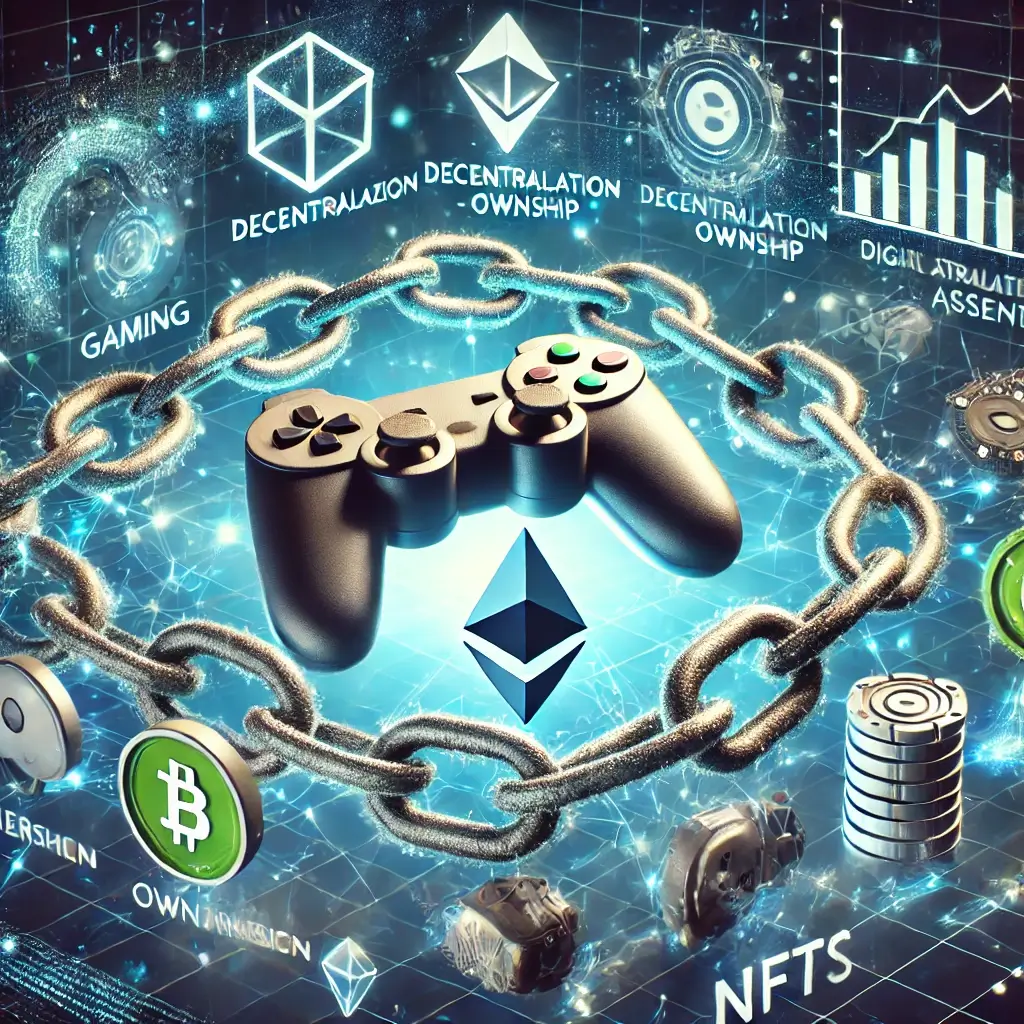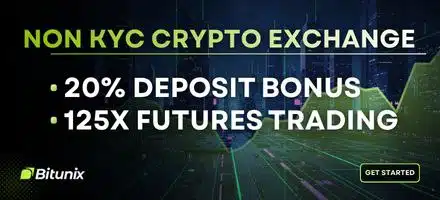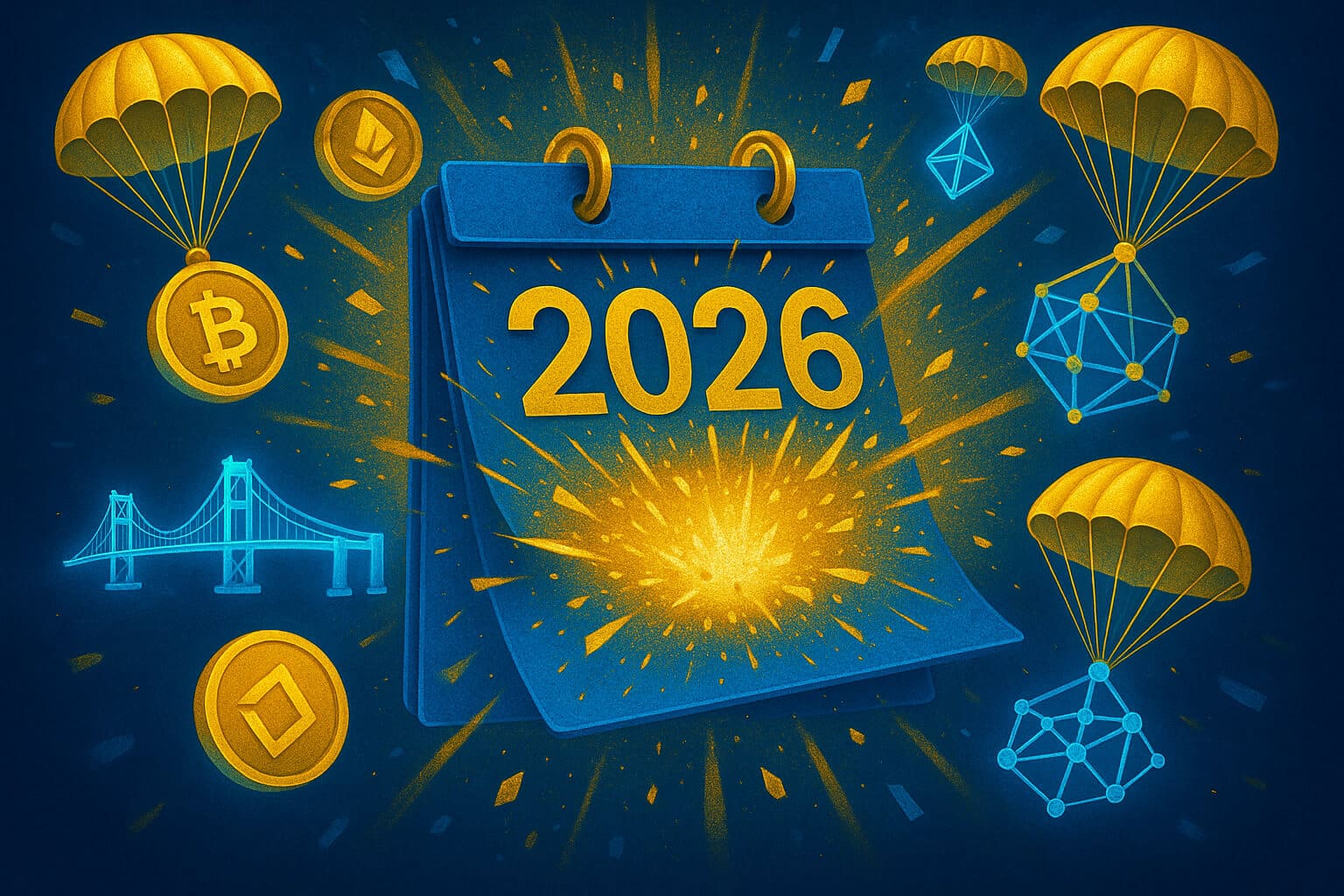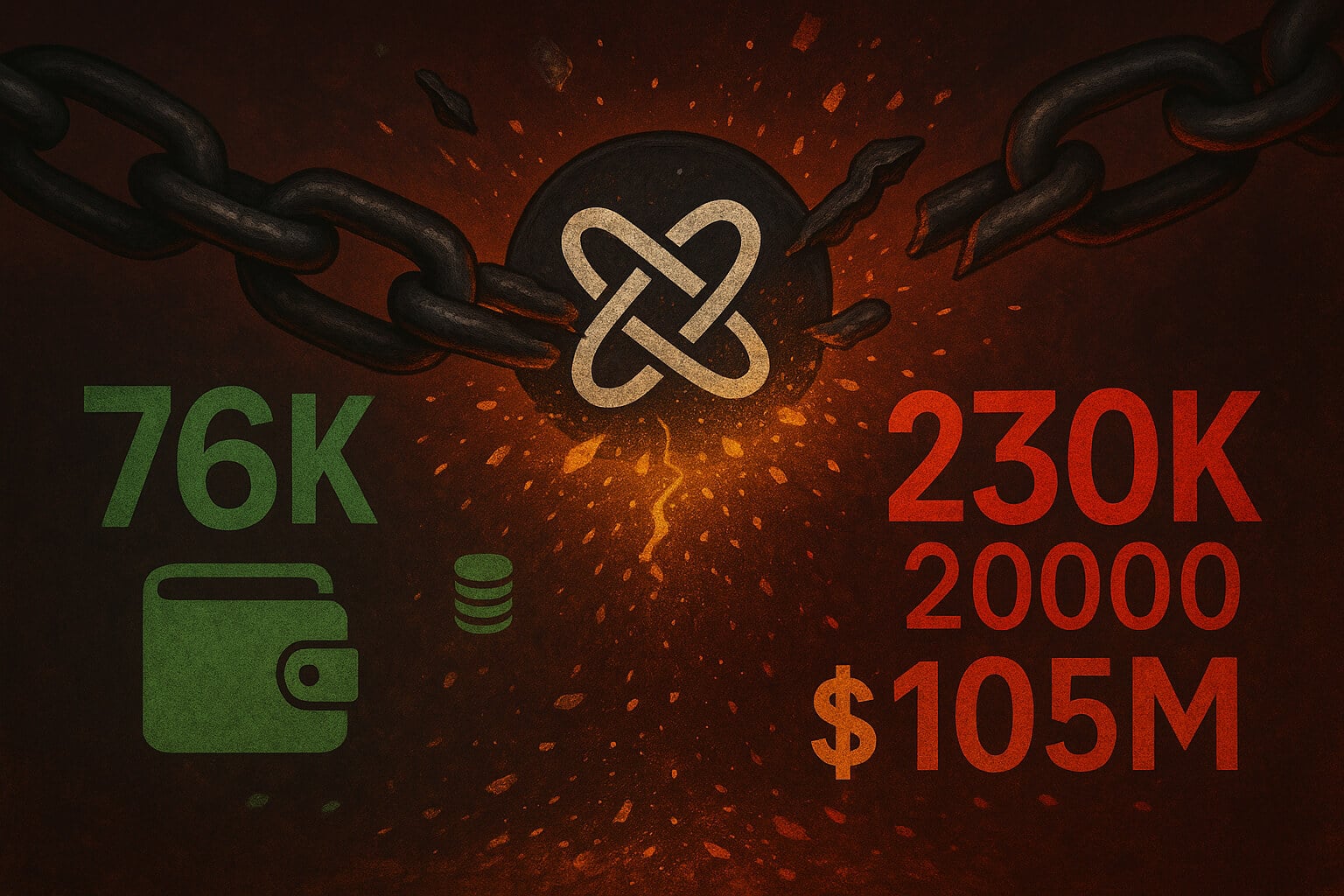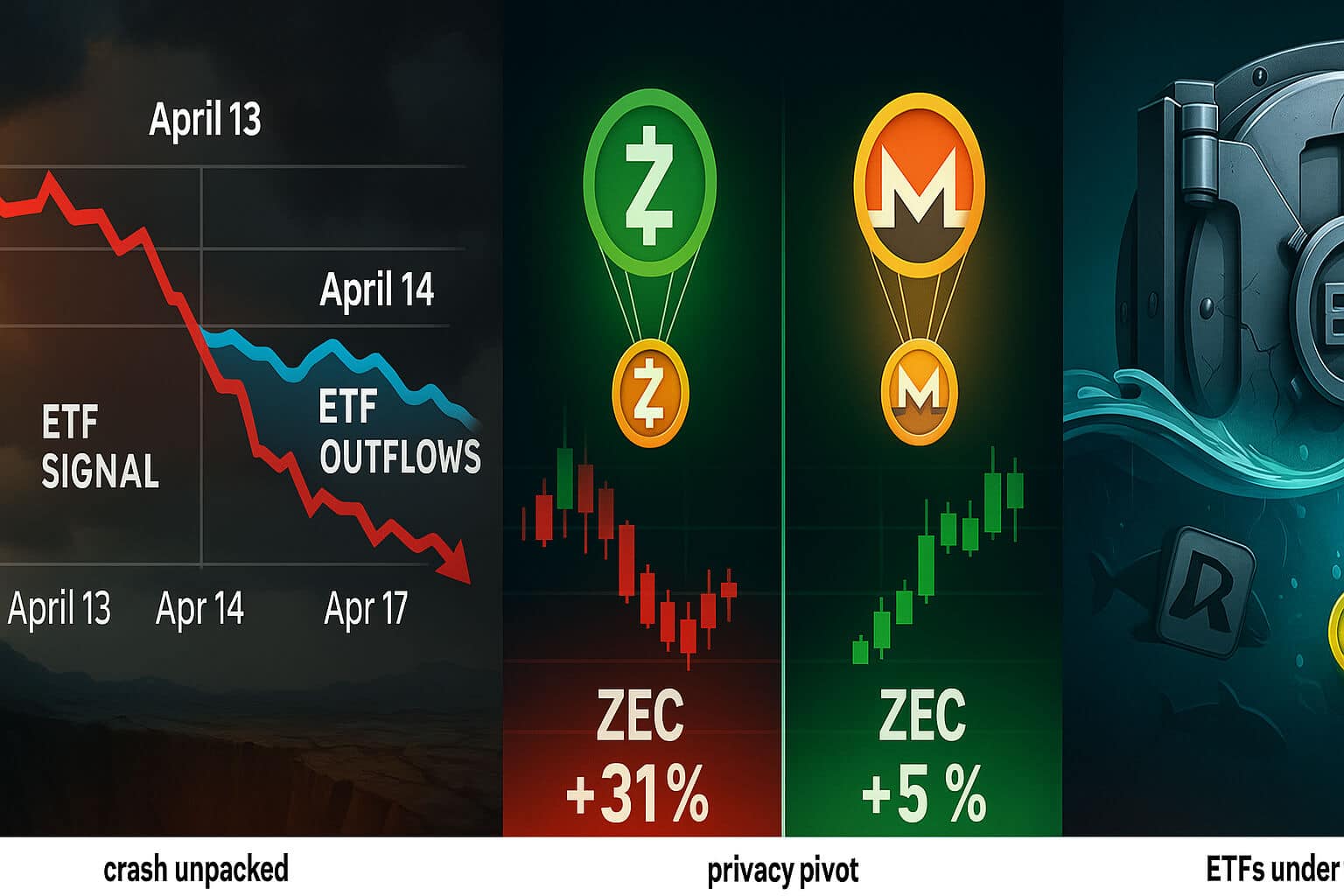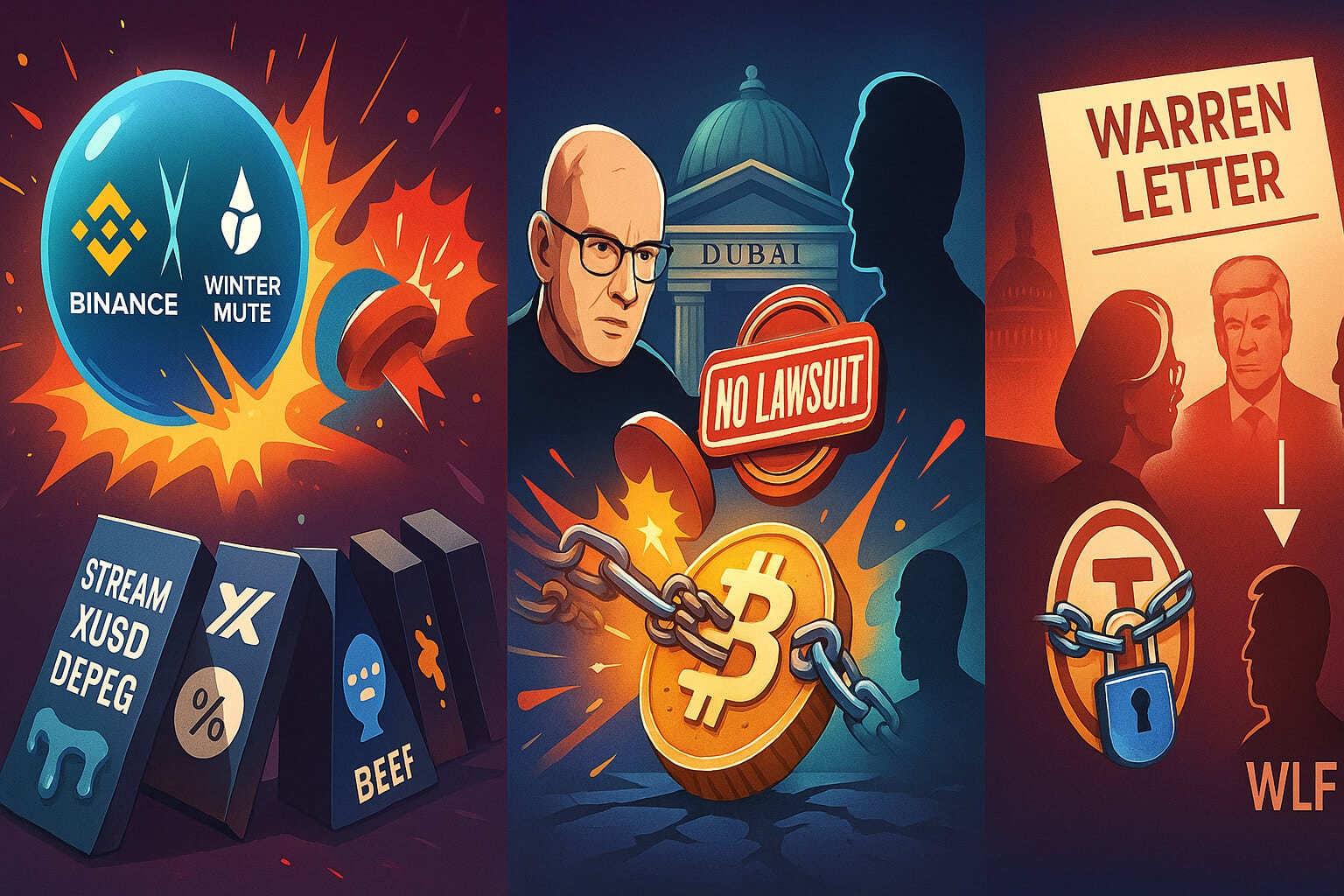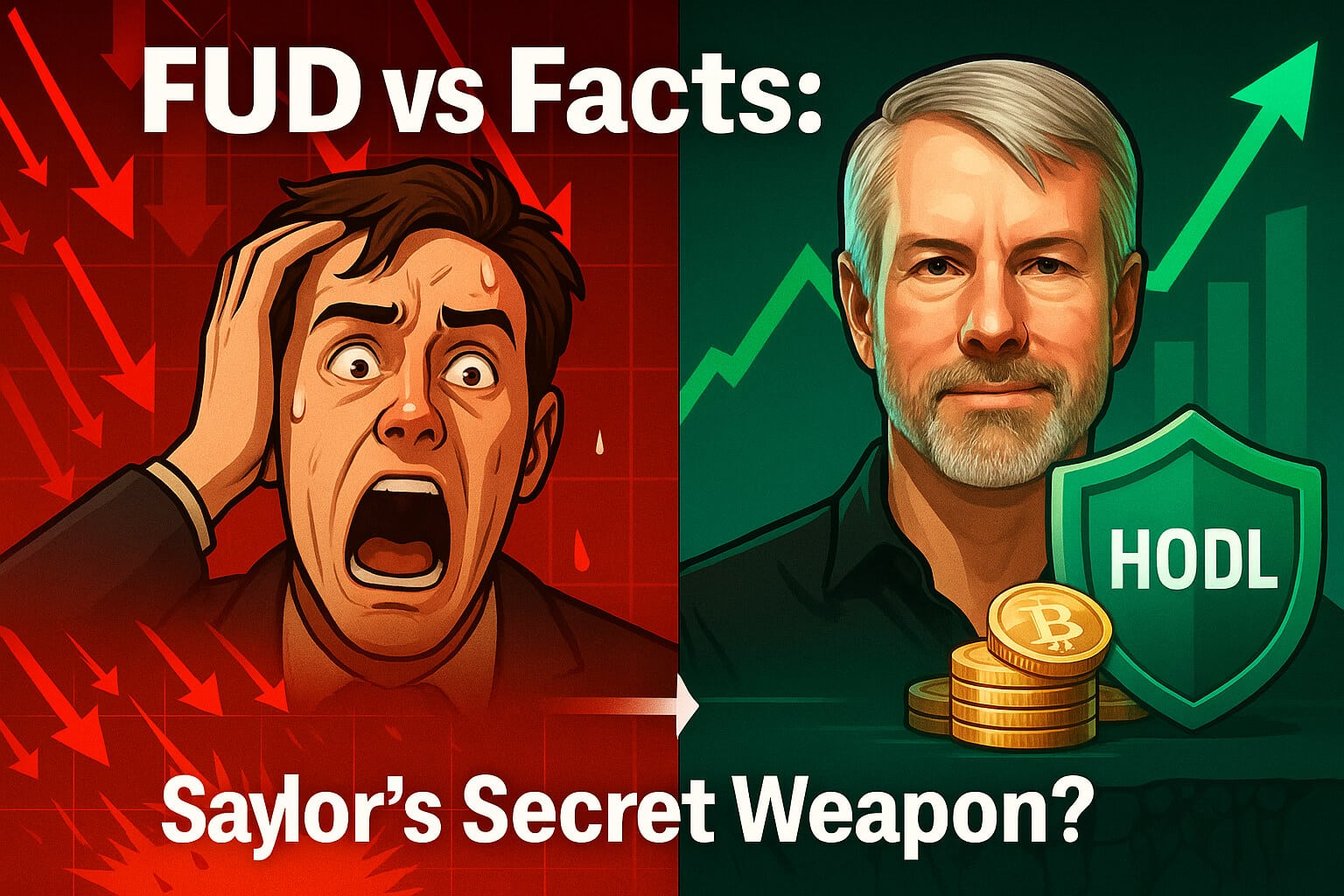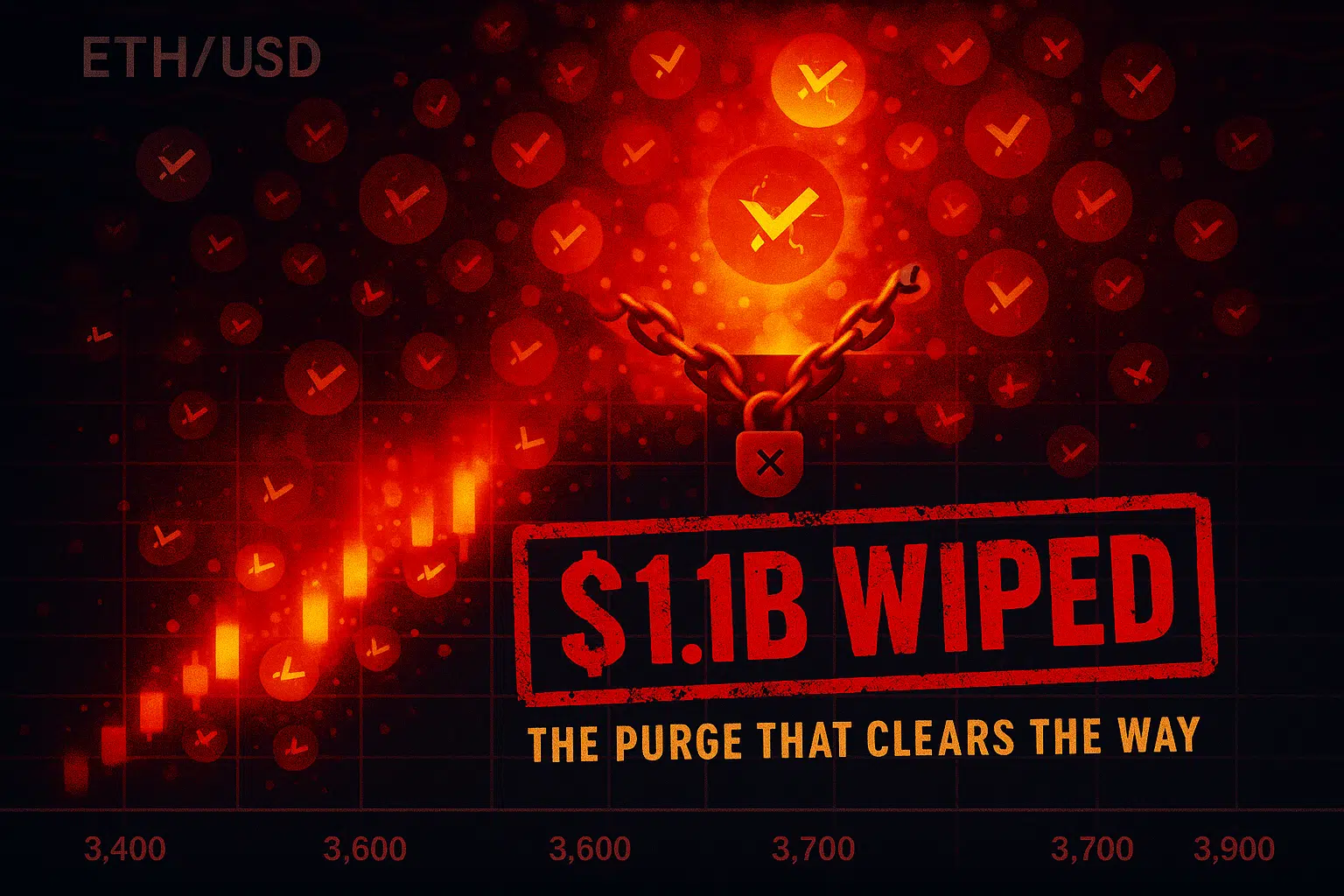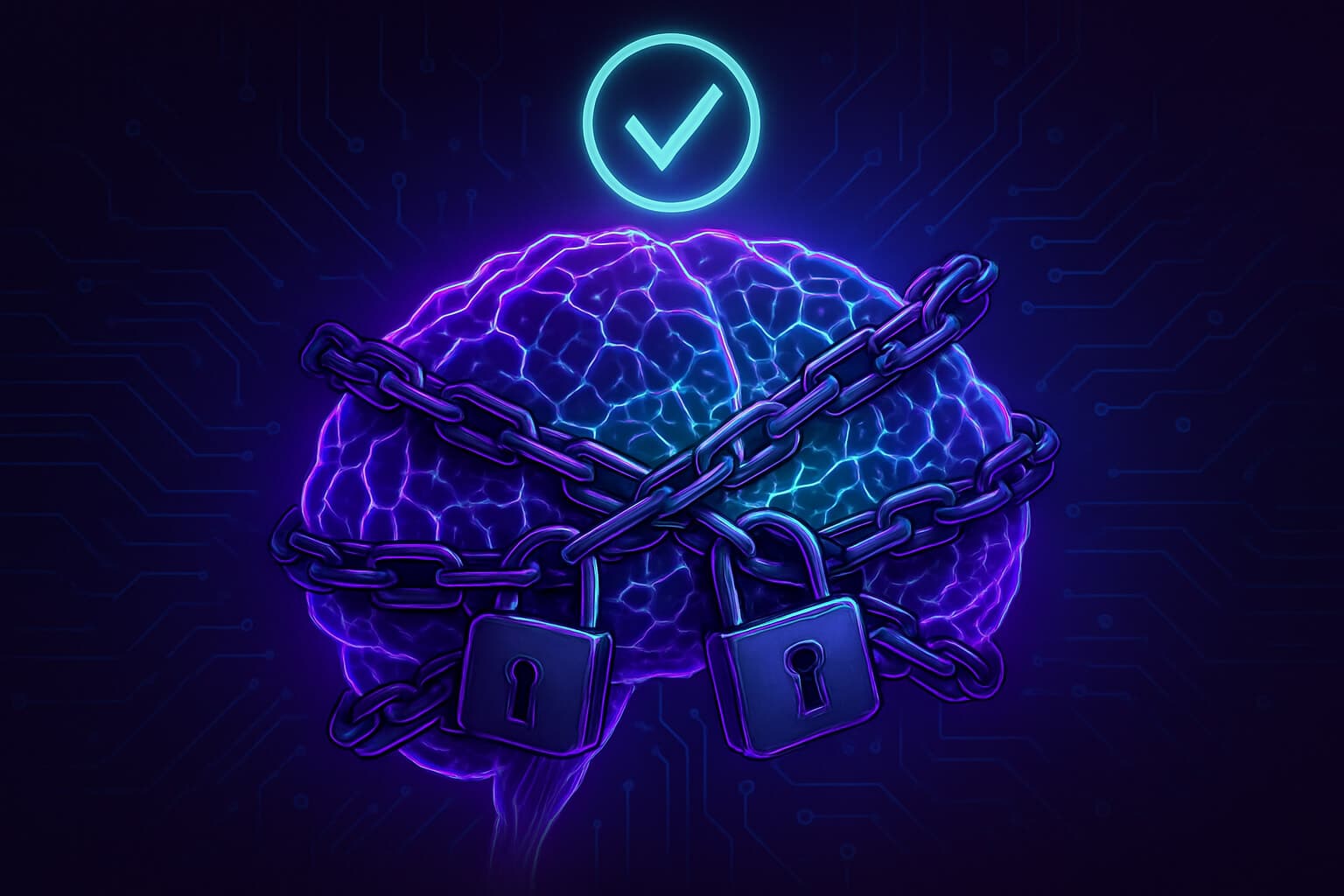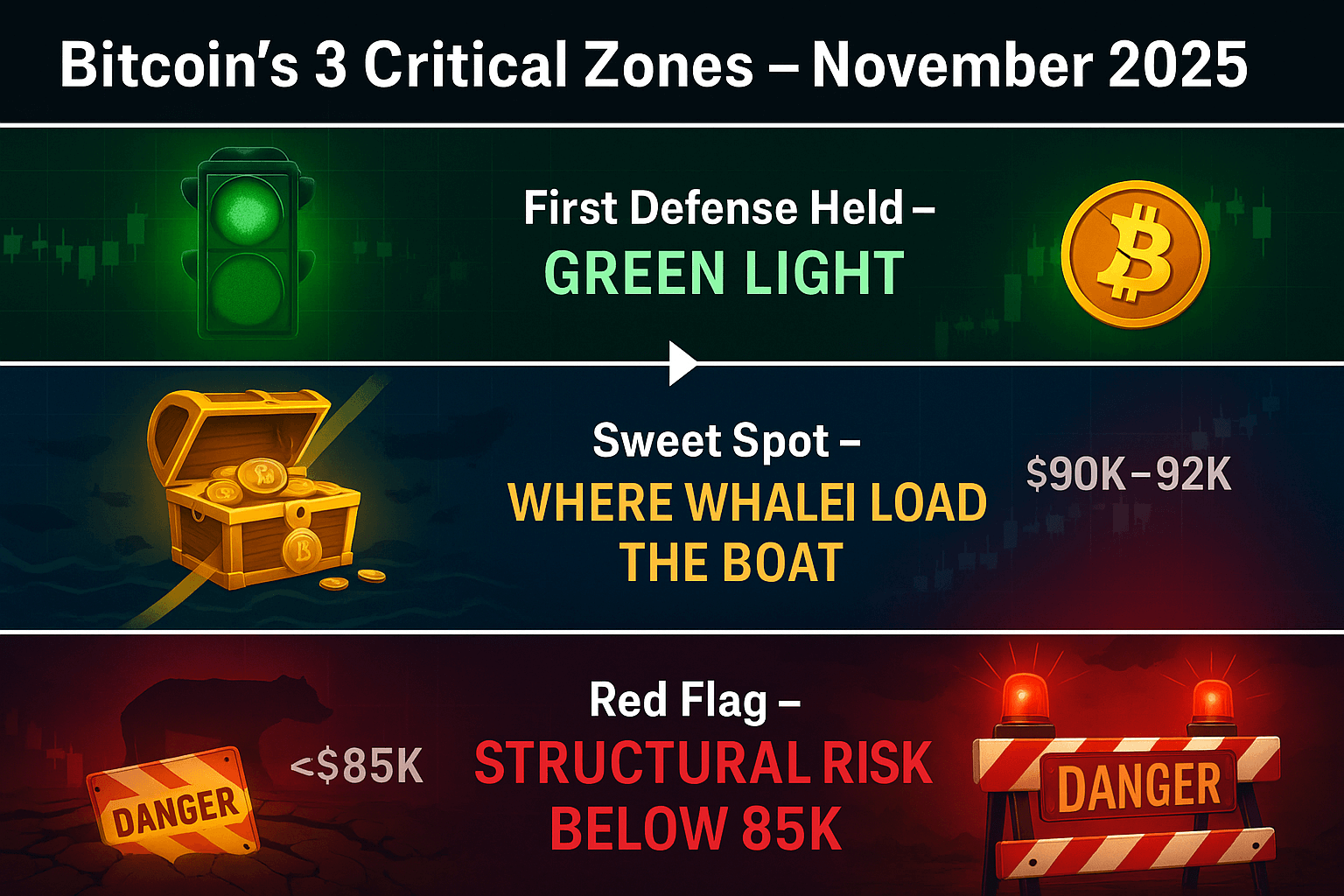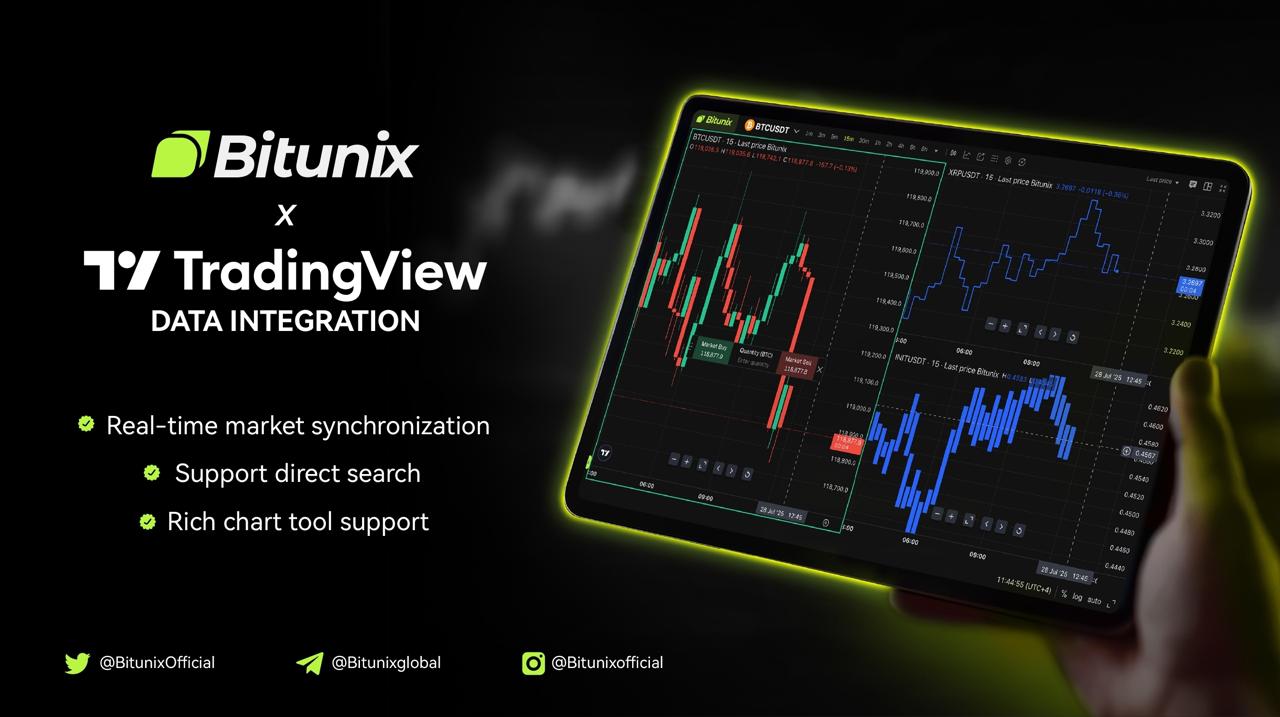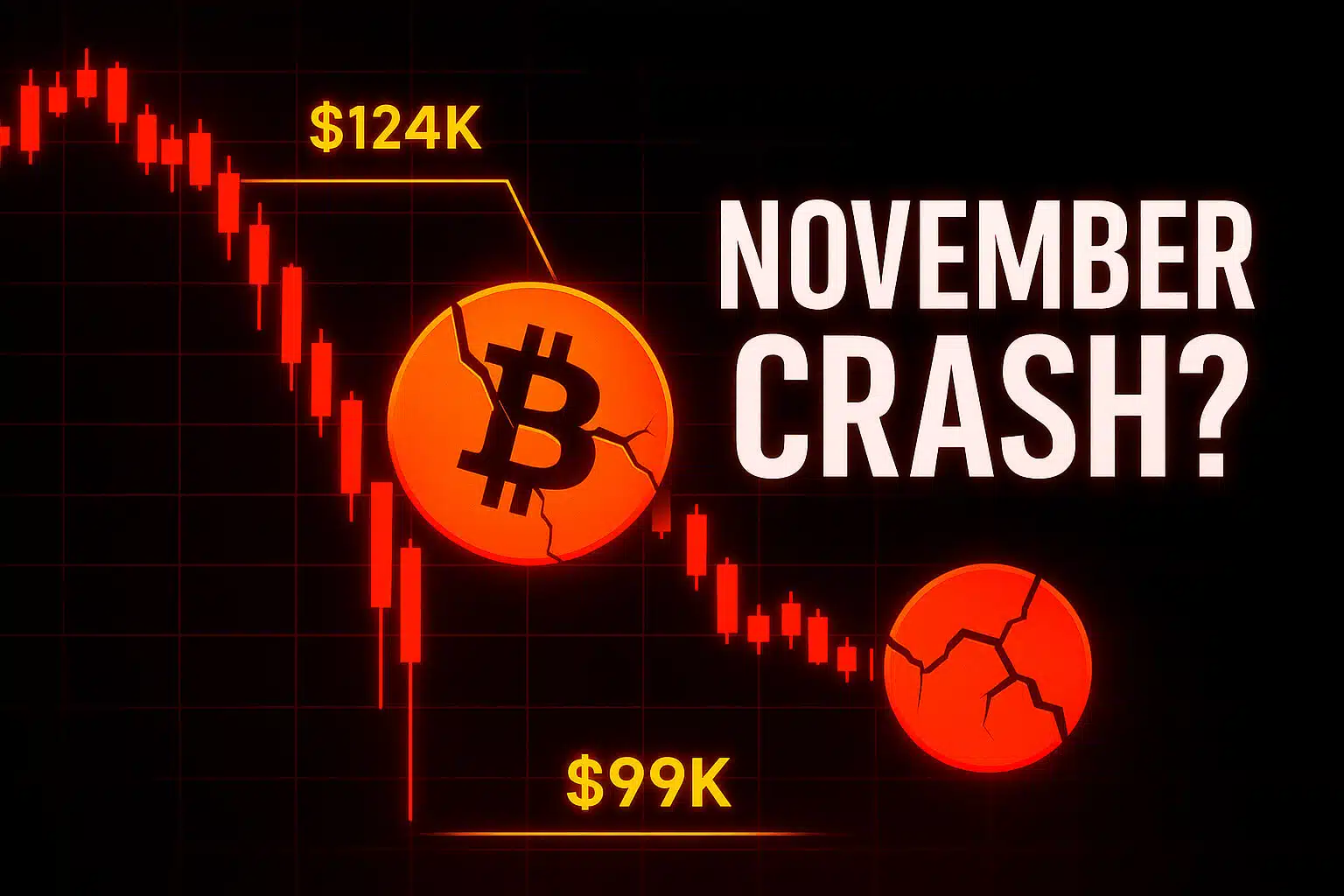How Blockchain is Transforming Gaming
Blockchain technology, initially recognized for its impact on the financial sector, is now significantly influencing the gaming industry. By introducing decentralized ownership, play-to-earn (P2E) models, and true digital scarcity, blockchain is reshaping how games are developed, played, and monetized. This article explores how blockchain is transforming gaming, highlighting key innovations and what they mean for the future of the industry.
1. Decentralized Ownership: Empowering Players
Overview:
One of the most revolutionary aspects of blockchain in gaming is decentralized ownership. Traditionally, in-game assets—whether characters, items, or currencies—are controlled entirely by the game’s developers. Players could not transfer these assets outside the game or claim true ownership.
How Blockchain Changes This:
Blockchain allows players to own their in-game assets through non-fungible tokens (NFTs). These assets can be bought, sold, or traded outside the game environment, across different platforms, or even in other games. This change gives players unprecedented control over their digital belongings, turning them into real-world assets with tangible value.
Examples:
- Axie Infinity: Players own and trade Axies, digital pets that can be used in battles or bred for new Axies, each with unique characteristics. The game’s economy thrives on players buying and selling these NFTs.
- Decentraland: A virtual world where players purchase, develop, and sell parcels of land, with ownership secured through blockchain technology.
Why This Matters:
Decentralized ownership empowers players by giving them real stakes in the games they play. It also opens up new revenue streams for both players and developers, making gaming a potentially lucrative activity.
2. Play-to-Earn Models: A New Paradigm
Overview:
The play-to-earn (P2E) model is another groundbreaking innovation brought about by blockchain in gaming. Unlike traditional games, where players pay to play or spend money on in-game purchases, P2E games allow players to earn real value by playing.
How Blockchain Enables P2E:
In P2E games, players earn cryptocurrency or NFTs as rewards for their in-game achievements. These digital assets can then be sold or traded for real money, turning gaming into a potential source of income.
Examples:
- Splinterlands: A digital card game where players earn cryptocurrency by winning battles, completing quests, or selling rare cards.
- The Sandbox: A virtual world where players create and monetize their own gaming experiences, earning SAND tokens in the process.
Why This Matters:
The P2E model transforms gaming into a viable economic activity, especially in regions where traditional employment opportunities are limited. Additionally, it attracts a broader audience to gaming, including those who might be motivated by financial incentives rather than just entertainment.
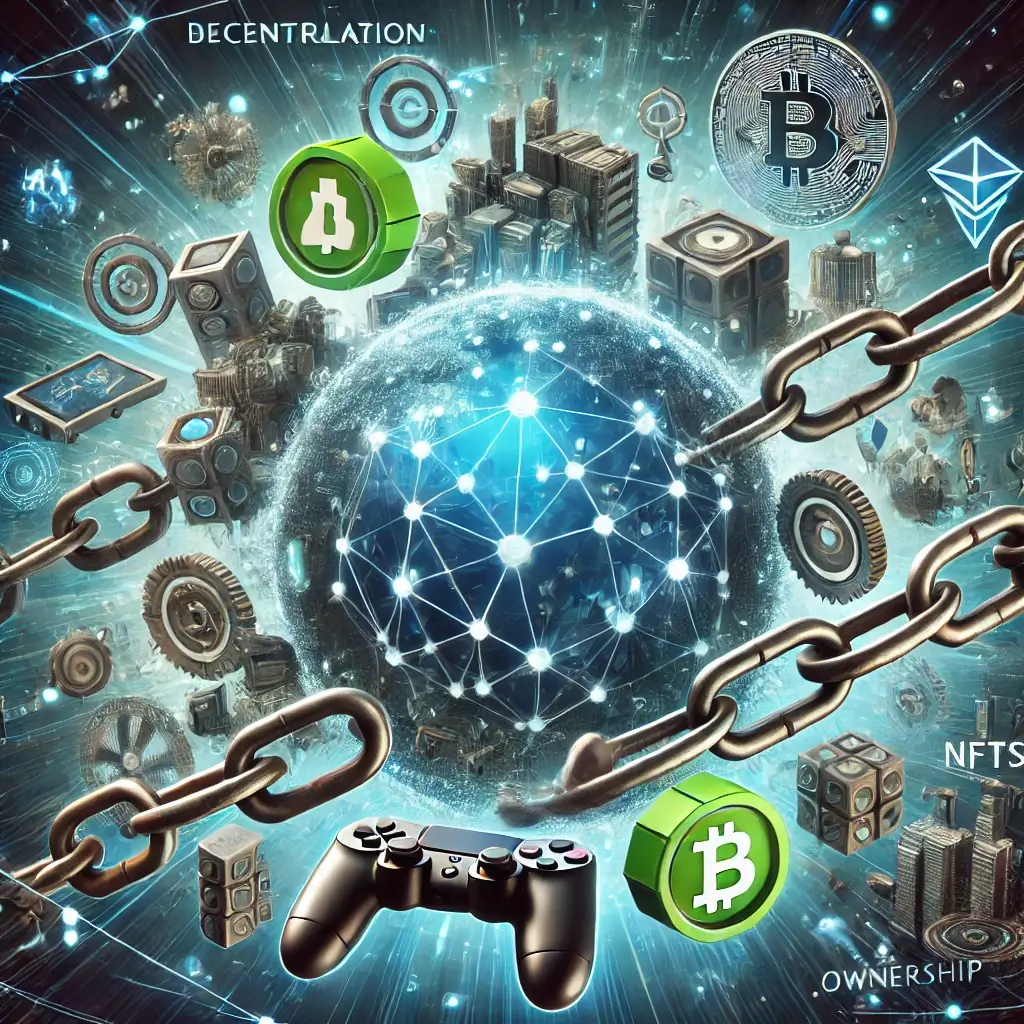
3. Digital Scarcity and True Ownership
Overview:
Blockchain technology introduces the concept of digital scarcity, ensuring that digital items can be limited in quantity and unique, much like physical collectibles. This concept is particularly important for the value of in-game items and digital art within games.
How Blockchain Ensures Scarcity:
By using NFTs, developers can create digital items that are provably rare or even one-of-a-kind. These items can be verified on the blockchain, ensuring their scarcity and ownership are transparent and unchangeable.
Examples:
- CryptoKitties: One of the first blockchain games to popularize digital scarcity, where each CryptoKitty is unique and cannot be replicated.
- Gods Unchained: A digital trading card game where each card is an NFT, ensuring that rare cards remain rare and valuable.
Why This Matters:
Digital scarcity creates real value for in-game items, making them more desirable and potentially more valuable. It also adds an element of prestige to owning rare digital assets, further enhancing the gaming experience.
4. Decentralized Gaming Platforms: Redefining Game Development
Overview:
Blockchain is transforming how games are developed and managed by introducing decentralized gaming platforms. These platforms operate on decentralized networks, allowing developers to create and distribute games without relying on traditional publishers.
How Decentralized Platforms Work:
These platforms use blockchain to distribute games, manage in-game economies, and ensure that governance is decentralized. Players and developers alike contribute to the development and decision-making processes, creating a more community-driven ecosystem.
Examples:
- Gala Games: A decentralized gaming ecosystem where players have a say in game development and governance, rewarding them for their participation.
- Enjin: A blockchain-based gaming platform that allows developers to create games with integrated blockchain economies, using the Enjin Coin (ENJ) for transactions.
Why This Matters:
Decentralized gaming platforms democratize game development, giving more power to independent developers and players. This shift could lead to a more diverse and innovative gaming landscape, where creativity is driven by community needs rather than corporate interests.
5. Challenges and Considerations
Overview:
While blockchain offers many benefits to the gaming industry, it also introduces challenges that need to be addressed.
5.1 Environmental Concerns
Key Challenge:
Blockchain, particularly proof-of-work (PoW) systems like those used by Bitcoin, has been criticized for its environmental impact. The energy consumption required for mining and transactions is substantial.
Potential Solutions:
The industry is moving towards more sustainable blockchain solutions, such as proof-of-stake (PoS) and layer 2 scaling solutions, which significantly reduce energy consumption.
5.2 Market Volatility
Key Challenge:
The value of cryptocurrencies and NFTs can be highly volatile, posing a risk for both players and developers. A game’s economy could suffer if the value of its underlying assets plummets.
Potential Solutions:
Stablecoins and more regulated ecosystems could mitigate some of this volatility, providing a more stable environment for in-game economies.
5.3 Accessibility and Usability
Key Challenge:
Blockchain games can be complex and intimidating for non-technical users, which limits adoption. The onboarding process often requires a level of technical knowledge that many players do not have.
Potential Solutions:
User-friendly interfaces and better educational resources can help bridge this gap, making blockchain gaming more accessible to the average player.
Conclusion
Blockchain technology is undeniably transforming the gaming industry, offering new models of ownership, play-to-earn opportunities, and decentralized development platforms. These innovations are empowering players and developers alike, creating a more democratic and financially rewarding gaming ecosystem. However, challenges such as environmental impact, market volatility, and accessibility need to be addressed for blockchain gaming to reach its full potential. As the technology matures, the gaming industry will likely continue to see profound changes driven by blockchain.
For more insights and educational resources on industry trends, visit our Industry Insights and Trends section.
Stay Updated
For the latest updates on blockchain gaming and other cryptocurrency news, follow us on:
- Twitter: https://twitter.com/FreeCoins24
- Telegram: https://t.me/freecoins24
Stay informed with the latest strategies and insights in the world of blockchain gaming and cryptocurrency at FreeCoins24.io.
Special Offer
Interested in exploring blockchain gaming further? Sign up on Bybit today and claim up to $30,000 in deposit bonuses. Start trading with confidence on a platform trusted by millions.


